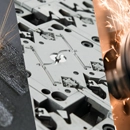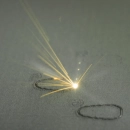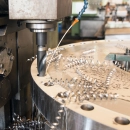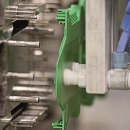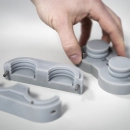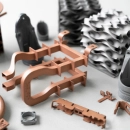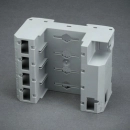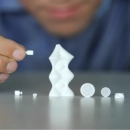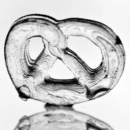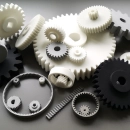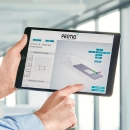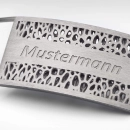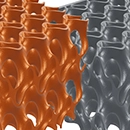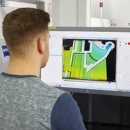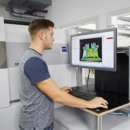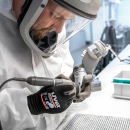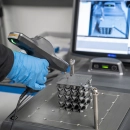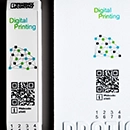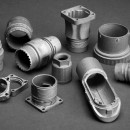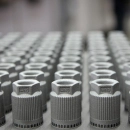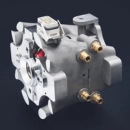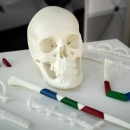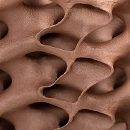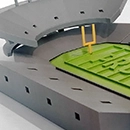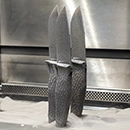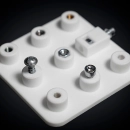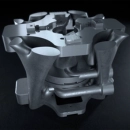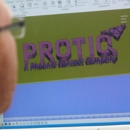Cross-linking
Cross-linking refers to the chemical process in which molecules are linked together to cure resins. This process is a central component in the processing of plastics and composite materials, particularly in the production of 3D-printed parts and in industrial manufacturing.
Resins, such as epoxy resin or polyester resin, are converted into a stable, solid state through a cross-linking process. During crosslinking, the monomeric or oligomeric components of the resin react with each other to form long polymer chains or a dense network. These chemical bonds lead to a significant change in the physical properties of the material, such as increased strength, improved chemical resistance and increased temperature stability.
The cross-linking process can be triggered by various initiators, including heat, exposure to UV rays or chemical hardeners, which are specially added catalytic substances. For example, UV light sources are often used in the production of resins for 3D printing to enable the material to crosslink quickly and evenly. A key feature of cross-linking is the achievement of complete curing of the material, which determines the final structure and functional suitability.
Cross-linking offers several advantages that are specifically tailored to the desired material properties. It improves the mechanical properties, enables complex geometries and offers flexibility in the design of the end products. For applications that require high resistance to environmental factors or mechanical stress, the targeted control of the crosslinking process is of crucial importance.
A sound understanding of crosslinking and the factors influencing resin curing is essential in order to develop high-quality, high-performance components that meet the specific requirements and areas of application.



 Deutsch
Deutsch English
English Italiano
Italiano